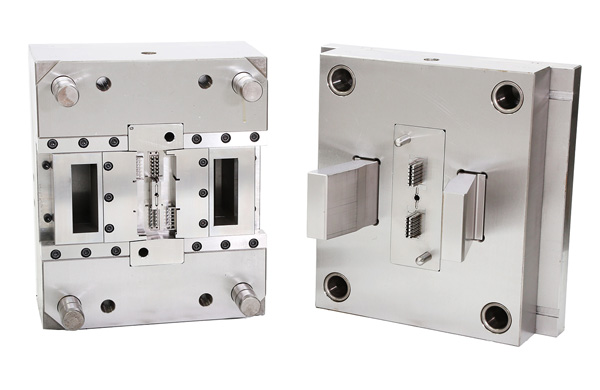In the intricate world of injection molds, the ejection mechanism plays a pivotal role in the demolding process, with its diverse designs and precision components working in harmony to ensure efficient production. Today, let's delve into the secrets of the ejection mechanism and discover its ingenious construction and functionality.
Injection molds typically feature four basic forms of ejection mechanisms, each embodying the wisdom and craftsmanship of engineers. They are composed of a series of sophisticated parts that work together seamlessly, including: ejector pins – the "liberators" that directly act on the product, gently pushing it out of the mold; ejector plate and ejector retaining plate – the "guardians" that ensure the stability and accuracy of the ejection mechanism; guide pins and guide bushes – the "conductors" that facilitate smooth movement, making the ejection process as fluid as possible; return pins – the unsung "restorers" that guide the mechanism back to its original position after completion; sprue pullers – the "catchers" that hook onto the solidified material in the gating system during mold opening, ensuring its separation from the main runner; and stop pins – the meticulous "adjusters" that not only create space for cleaning but also control the position and ejection distance of the ejector pins through fine adjustments in thickness.

Among these, the most common is the single-stage ejection mechanism, renowned for its simplicity and efficiency, where a single ejection action suffices to release the product.
In summary, the ejection mechanism in injection molds is a fusion of technology and art, embodying the pursuit of perfection in every detail. The precise coordination of each component ensures flawless demolding, laying a solid foundation for high-quality product manufacturing. As we continue to explore, we anticipate more innovative designs that will make injection mold ejection mechanisms even smarter, more efficient, and contribute to the brilliance of the manufacturing industry.